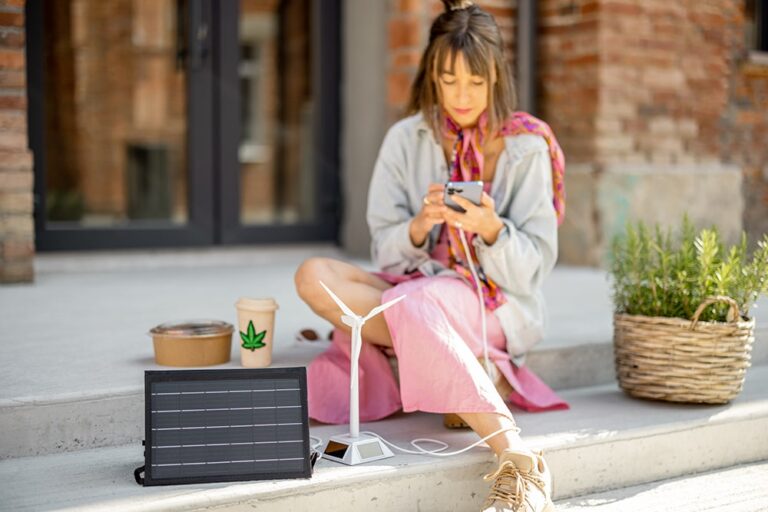Introduction: Pink mold, scientifically known as Serratia marcescens, can be a perplexing and unsightly issue in bathroom environments. While it’s not actual mold, it’s a bacterial growth that thrives in damp conditions, especially showers. Not only can it be an eyesore, but it can also pose health risks if not properly addressed. In this comprehensive guide, we’ll delve into the science of pink mold, why it appears in your shower, and provide step-by-step instructions on how to effectively remove it. Furthermore, we’ll explore preventive measures to keep your shower pink mold-free.
Understanding Pink Mold: Pink mold isn’t your typical mold but rather a bacterial sludge with a pink, reddish, or even orange hue. It’s caused by the airborne bacterium Serratia marcescens, which can settle in moist, warm areas and form a biofilm on surfaces, particularly in the bathroom.
Is Pink Mold Harmful? Though generally not harmful for healthy individuals, pink mold can lead to infections, especially for those with weakened immune systems or if it comes into contact with open wounds or eyes. While it’s not extremely dangerous, it’s essential to remove it promptly.
Why Pink Mold Grows in the Shower: Understanding why pink mold thrives in the shower is crucial. Serratia marcescens seeks moisture, warmth, and food sources to grow. It feeds on mineral deposits from hard water, as well as fats present in soap scum and shampoo residue, making the shower’s moist environment an ideal breeding ground.
Effective Removal of Pink Mold: Follow these steps for thorough pink mold removal:
Step 1: Safety Precautions
- Prioritize safety with gloves, safety glasses, and a respirator mask. Ensure proper ventilation by running your bathroom’s exhaust fan during cleaning.
Step 2: Biofilm Removal
- Create a cleaning solution by mixing 2 tablespoons of dish soap with ½ cup of baking soda. Apply this solution to pink mold-affected areas with a nylon bristle brush, using various scrubbing patterns to reach all surfaces. Rinse thoroughly to remove loosened biofilm.
Step 3: Disinfect the Shower Curtain
- If your shower has a curtain and liner, remove and wash them with antibacterial laundry detergent. Consider replacing the liner if necessary.
Step 4: Surface Disinfection
- Mix equal parts bleach and warm water in a spray bottle. Spray the shower’s surfaces and allow it to sit for 10 minutes before scrubbing with the bristle brush. Rinse thoroughly and wipe away excess moisture with a microfiber towel.
Step 5: Reassemble
- Hang a new shower curtain liner and the clean shower curtain on the curtain rod for a mold-free shower.
Promo:

Preventing Pink Mold in the Shower: While it’s challenging to prevent pink mold entirely, you can reduce its chances with these measures:
- Dry all shower surfaces after each use with a microfiber towel or squeegee.
- Ensure the shower curtain and liner are fully closed to allow for complete drying.
- Address any leaky faucets or valves that might contribute to excess moisture.
- Keep bathroom windows closed while the shower is in use to prevent airborne bacteria from entering.
- Use an exhaust fan to remove moisture during and after showering.
- Regularly clean hard surfaces with a solution of 1 cup of white vinegar, 1 cup of water, and 1 tablespoon of dish soap, scrubbing with a nylon bristle brush.
- Consider using a dehumidifier in particularly damp bathrooms.
Conclusion: Pink mold may not be a genuine mold, but it can still be a nuisance. By understanding its nature and following effective removal techniques, you can maintain a clean and safe shower environment. Additionally, proactive prevention measures can significantly reduce the likelihood of pink mold returning to your bathroom, ensuring a fresh and mold-free shower space.




Hi, Can this mold thrive on a piece of bread saturated in a dish of water for a month ? I experimented and shouldn`t the bread have dissolved in three days ? Former microbiology student .